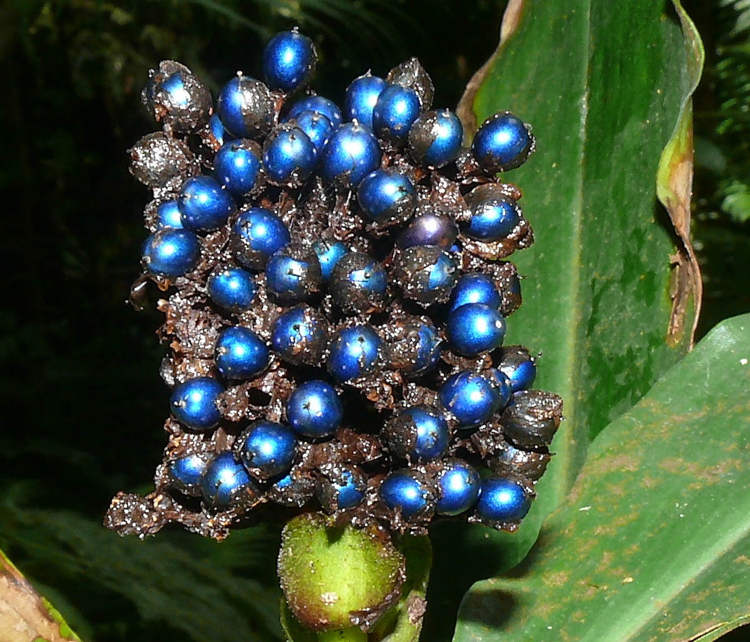Despite its tiny size, the brown thornbill is quite capable of protecting itself in the wild. Its survival strategy is simple yet effective – it scares other birds away by ‘crying hawk’!
It seems that most birds use certain calls to warn their kin of impending danger, especially when hawks and other birds of prey are approaching. The thornbill is not only aware of this fact, but can reproduce the danger signals of several species, including the much larger pied currawong. Predators are fooled by the false alarm, and the thornbill earns its chicks a few extra seconds to escape.
The thornbill’s talent for mimicry was discovered by researchers from the Australian National University (ANU). “I am amazed that such a tiny bird can mimic so many species, some much bigger than itself. It’s very cunning,” said one of the researchers, Dr. Branislav Igic.
Photo: JJ Harrison
He added that the mimicry itself is not “superbly accurate” but close enough to fool other birds. Currawongs, for instance, don’t have alarm calls of their own, but they recognise those of other birds and are momentarily distracted by the thornbill’s imitation. This trickery is the only way the thornbill can hope to survive because physical retaliation will almost certainly result in death. “They (currawongs) are 40 times the size of a thornbill and will eat adults as well as nestlings,” Igic said.
Vocal mimicry is not a new phenomenon among birds, but the ANU study is the first one that reveals the purpose behind it. The researchers were actually conducting a different experiment – studying birds’ reaction to a stuffed owl – when the accidentally discovered the thornbill’s deceit. “I was puzzled because I could hear the alarm calls of robins, honeyeaters, and rosellas, but I couldn’t see any,” said group leader Professor Robert Magrath. “I soon realised that the brown thornbill was mimicking other species, and Branislav later discovered they sometimes lie about the type of predator present when defending their nests.”
Photo: JJ Harrison
The researchers decided to find out how the clever ruse works, so they set up fake thornbill nests with chicken pieces. Then they played recordings of the thornbill’s trick calls, and discovered that currawongs were distracted for about 16 seconds – time enough for the thornbill’s nestlings to flee. Professor Magrath later explained that the deception was successful because of the currawong’s habit of eavesdropping on other species. “Many species of both birds and mammals eavesdrop on the alarm calls of other species,” he said. “Natural communities form an information web about danger.”
They also set up a taxidermied currawong near thornbill nests and broadcasted nestling distress calls. Almost immediately, the thornbills sounded their own hawk alarm calls and mimicked the alarms of other species too.
Photo: Glen Fergus
The researchers then wondered why the thornbill wouldn’t directly mimic the cries of birds of prey, such as hawks, rather than just the warning calls of other birds. The reason, according to Dr. Igic, is that “hawks are about 75 times larger than the thornbill, so mimicking its calls accurately is probably extremely difficult, or impossible, for the six-gram thornbill.” It could also be because hawks are generally silent when hunting prey.
“The only acoustic indication that there is one hunting nearby are hawk alarm calls of surrounding birds,” he explained. “So the thornbill may more correctly simulate the presence of a hunting hawk by mimicking a chorus of birds ‘crying hawk’.”
Visual mimicry is also a powerful survival technique in the animal kingdom – chicks of the Amazonian Cinereous Mourner are able to transform into poisonous caterpillars to avoid being eaten. And the Hemeroplanes triptolemus, a harmless caterpillar, impersonates deadly snakes for the same reason.















